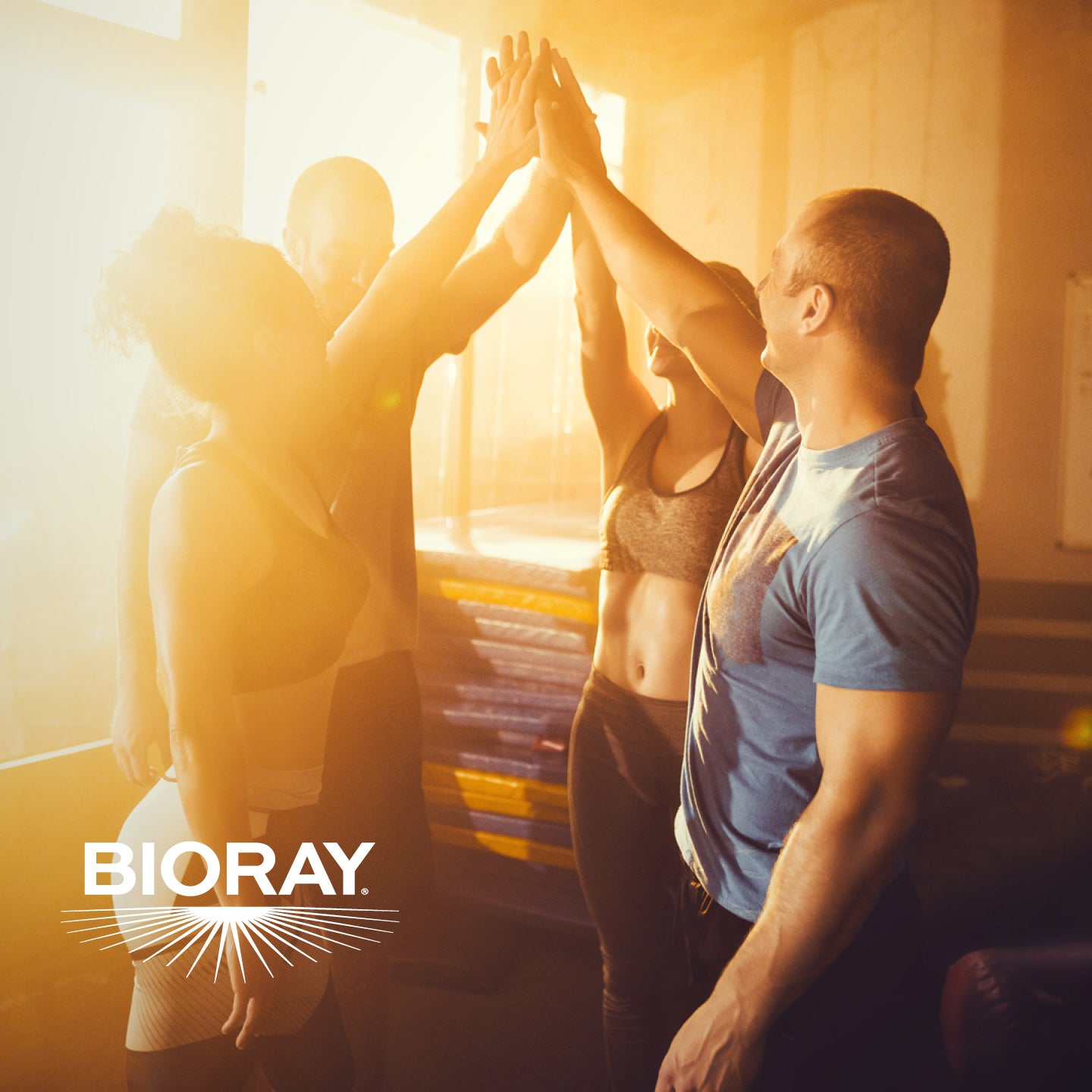Stephanie Ray, BCN, CNHP
The gallbladder is rarely spoken about unless it’s not running smoothly. Most individuals know the gallbladder is responsible for helping us digest fats and that we can live without one.
Although not critical to living, it is an unsung hero and vital in many ways.
The gallbladder is an organ in the digestive system and stores bile produced by the liver. When the body senses the presence of fat in the digestive tract, a hormone is released from the small intestine that signals the gallbladder to discharge bile into the duodenum. The bile is then utilized and assists with fat digestion.
In Traditional Chinese Medicine (TCM), the gallbladder is considered a “curious organ” because it does not transport impure substances, unlike the bladder or liver. Bile transforms other substances into something digestible, and when it leaves the gallbladder it does not leave the body. In fact, allopathic medicine has determined that 95% of the bile gets reabsorbed in the ileum.
Physically, the gallbladder is interiorly-exteriorly paired with the liver. The liver, known as “the general,” creates thoughts and ideas; it plans and strategizes. The gallbladder, “the general’s advisor,” implements the liver’s plans and oversees the execution. If the gallbladder is in disharmony it affects the liver and vice versa.
TCM believes that all organs of the body are responsible for not only their anatomic functions but emotions and emotional issues, as well.
When the gallbladder is out of balance, we often see these symptoms:
- Being easily startled
- General feeling of fear regarding making decisions
- Prone to panic about choices or the outcome of choices
When the gallbladder is deficient, we will see:
- Indecision
- Procrastination
- Hesitation
- Timidity
When the gallbladder is excessive, we will see:
- Anger and impulsiveness
- Holding onto resentment
- Making rash decisions
The gallbladder is seen as a pivot, a turning point for new beginnings. If the gallbladder function is correct at the beginning of moments of decision, the other organs follow its directional movement forward.
The gallbladder has characteristics of both a yin organ and a yang organ. It is yin as it receives and stores the bile from the liver, and yang as it releases bile into the duodenum. Yin is about substance, Yang is about action.
The bile that the liver produces is a powerful antioxidant that helps to detoxify the liver. The liver then releases the bile, which goes to the gallbladder for storage to be used later in the digestion process. The gallbladder is the link between the liver and digestion. When liver function flows smoothly and easily, bile is produced and excreted regularly, ensuring optimal digestion.
When the liver stagnates, bile production is impaired, resulting in stomach disharmonies, such as:
- Acid reflux
- Abdominal distention and bloating
- Belching
- Bad breath
- Flatulence
- Indigestion
- Constipation
The gallbladder is an emotionally charged organ and can easily be affected by events or the surrounding environment. A quick return to normal after a sudden physical or emotional shock represents a strong gallbladder. Normal bile flow depends on the smooth function of the liver. When liver function is congested, bile flow becomes interrupted and erratic.
When the gallbladder is in balance and strong, we will:
- Make decisions that are clear and decisive.
- Have thoughts that are acute and focused.
- Display actions that are accurate and resolute.
- Maintain sound judgment when confronted with adverse situations or conditions.
Remember the old English phrase (of Germanic origin), ‘a lot of gall’? People didn’t just say it because it had a ring to it. Individuals with a strong gallbladder are known to proceed with deliberation and clarity. Ultimately, foods and herbs that support the liver have attributes that support the gallbladder as well.
Herbs that Support the Liver & Gallbladder:
Himematsutake (Agaricus Blazei) - modulates the immune system, supports digestive health, speeds up the healing process, and inhibits histamine production. This medicinal mushroom also filters the blood by engulfing and destroying viruses, bacteria, yeast, heavy metals, pollutants and bits of dead tissue.
Red Root - assists in the removal of toxins, tissue wastes, acids, and cellular debris. It improves blood circulation, helps to decongest, drain and transport lymph fluids. This herb also has anti- inflammatory, antispasmodic, and antimicrobial properties.
Milk Thistle Seeds - prevent penetration of liver toxins into the interior of the cell, decongests the liver, prevent the depletion of glutathione, decrease inflammation, purify the blood, protect the kidneys, protect against free radical damage.
Olive Leaf - prevents pathogens from reproducing and creating more microbes within the body and has antioxidant and antimicrobial properties. Olive leaf increases the flow of bile and tonifies the liver.
Reishi Mushroom (Ganoderma Lucidum) - triterpenoids are responsible for the bitter taste as well as the liver protecting, lipid lowering, antioxidant and anti-inflammatory properties. They also inhibit the release of histamine, which may explain Ganoderma’s anti-allergic activity.
Grifola Mushroom (Maitake) - has the ability to alter lipid metabolism by inhibiting both the accumulation of liver lipids and the elevation of serum lipids, reflected in its modulation of key enzymes involved in cholesterol and triacylglycerol biosynthesis, absorption, and catabolic pathways.
Coriolus Versicolor (Turkey Tail) - one of the best-researched herbal medicines, with over 400 trials demonstrating its effectiveness, stimulates NK cell activity. Coriolus contains a unique protein, called TVC, that both stimulates the immune system and modulates its response.
Healthy Behaviors for Your Liver & Gallbladder:
- Discontinue eating 2-3 hours before sleep. Late night eating creates stagnation in the liver and prevents the body from cleaning and repairing at night.
- Stop eating when 80% full. Overeating creates more pressure on the liver and gallbladder. Eat to the point when you feel satisfied and can eat a little more but don’t.
Eat Foods That Support the Liver & Gallbladder
- Whole grains like brown rice, barley, millet, quinoa, spelt, kamut, oats and wheat berries are all helpful. If you have gluten sensitivity, avoid grains like barley, kamut and spelt.
- Emphasize eating plenty of leafy vegetables including kale, collards, bok choy, nappa cabbage, watercress, mustard greens, leek, daikon tops, carrot tops, radish greens, turnip tops, dandelion greens, lettuces, and others.
- Sprouts and mushrooms are deeply helpful as they contain the highest concentrations of trace minerals, vitamins, and macrophage support.
- Foods that contain lipase: avocados, walnuts, pinenuts, coconuts, mung bean, lupini beans, lentils, chickpeas, oats, and eggplant.
- Incorporate sour tasting foods & herbs 3-4 times a week as sour flavor helps release stagnation in the liver and gallbladder. Recommendations: Sauerkraut, Granny Smith apples, lemons, brown rice umeboshi vinegar, sour plums and cherries. A little lemon squeezed on greens does wonders.
- Try making mung bean soup with onion, celery, carrot, maitake mushrooms, leek with cilantro and lemon as garnish
What to Do When the Gallbladder Has Been Removed
After not eating for several hours, such as after sleeping, the gallbladder stores bile, approximately one cup of fluid. When the gallbladder is removed, the individual no longer has the reservoir to store bile. So, even though there will be the same amount of bile in the body, a person will not have as much bile in the intestine after the gallbladder is gone. The bile is constantly being delivered into the intestines instead of being stored. In theory this means that an individual will not digest food as well.
Many people who have their gallbladder removed don’t notice changes in their digestion. However, to keep the body processing food and other substances as if it still has a gallbladder the optimal approach and insurance for longevity.
It is recommended to support the digestion in two ways when the gallbladder has been removed. One, is making sure the individual is breaking down foods well before getting to the stomach. Chewing food to a liquid, approximately 25-35 chews, is highly recommended as mastication begins the digestion of foods. Mastication does this by increasing saliva production, and in saliva we have the following beneficial enzymes:
- Lipase, which breaks down fat
- Protease and peptidase which split proteins into small peptides and amino acids
- Amylase which split carbohydrates such as starch and sugars into simple sugars such as glucose
- Nuclease which splits nucleic acids into nucleotides
The second recommendation is supplementing with enzyme blends that specifically include lipase. Suggested formulations are Lypo Gold by Enzymedica or Ultimate Digestive Enzyme by Flora; either their daily maintenance or immediate relief formulas, whichever is needed.
All in all, incomplete digestion of fat allows fat to coat food particles and therefore interferes with the breakdown of other food components such as protein and carbohydrates. Supporting the body by chewing food well, adding in enzymes, and herbs and foods that directly support liver and gallbladder people experience:
- Improved energy
- Weight loss
- Balanced moods
- Flatter stomach
- Improved digestion
- Regular bowel movements
It’s interesting to note many animals do not have gallbladders. They consume particular foods such as grass, parsley, and other plants to help with digestion when it’s needed. Human bodies do well when emulating nature and integrating the beneficial aspects of herbalism. Combining eastern and western practices often have beneficial and dramatic results.














